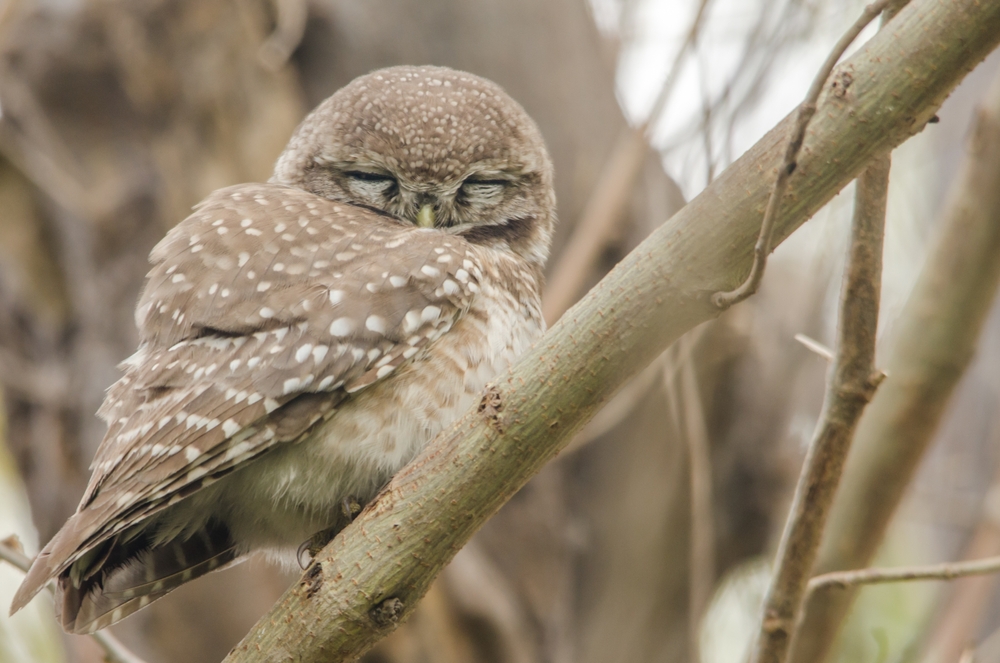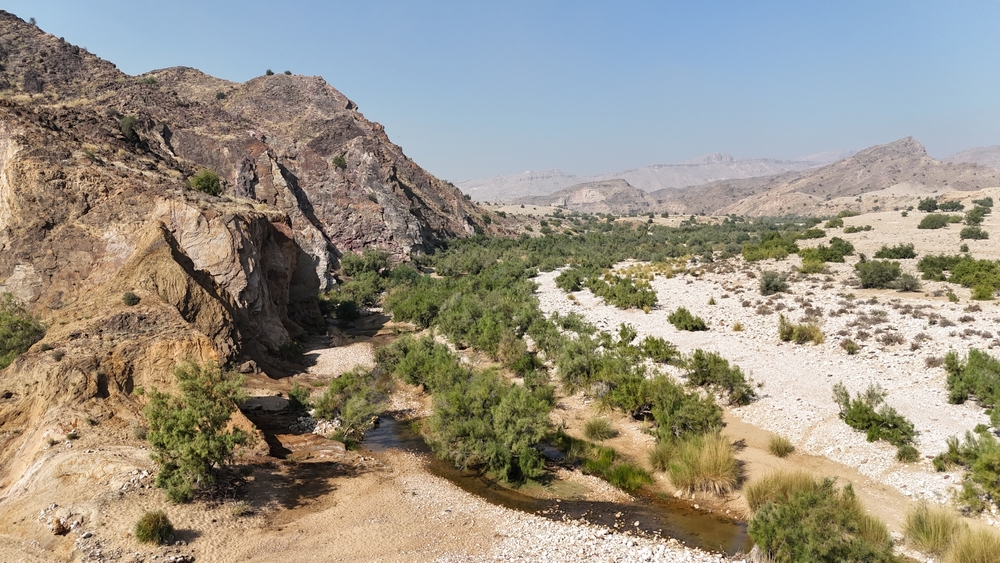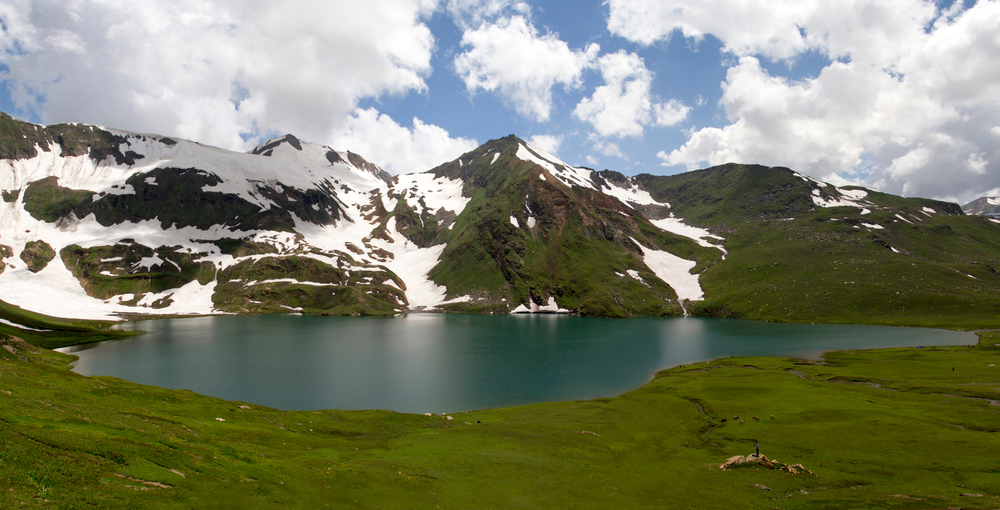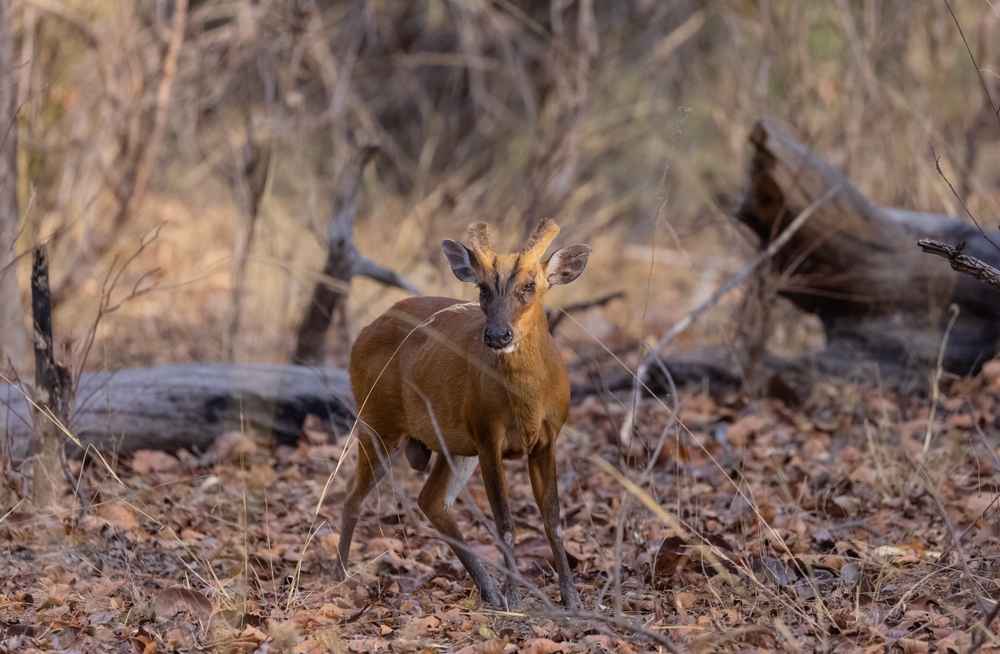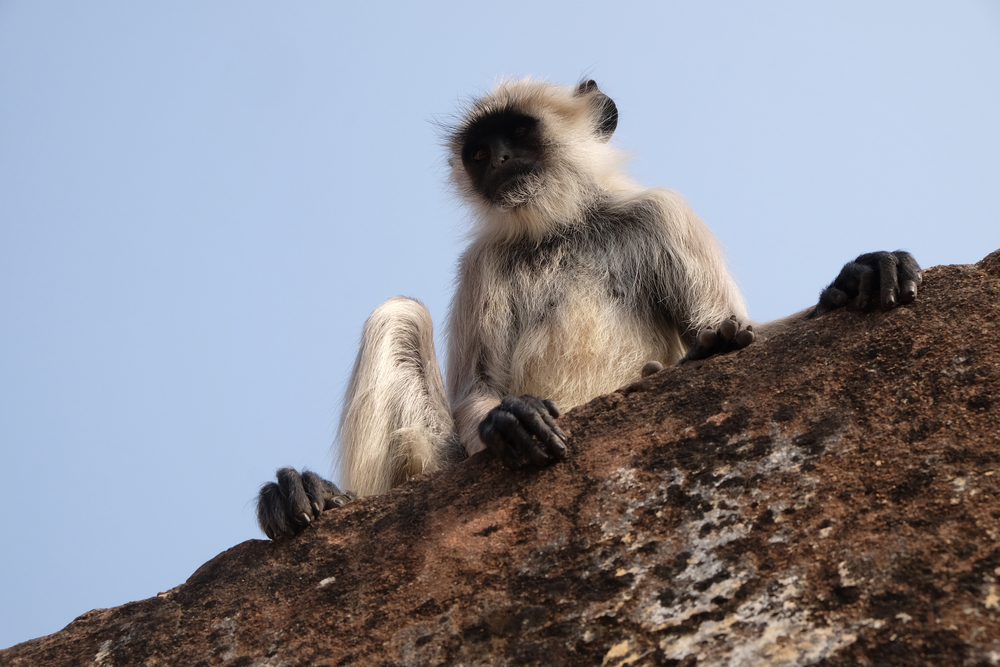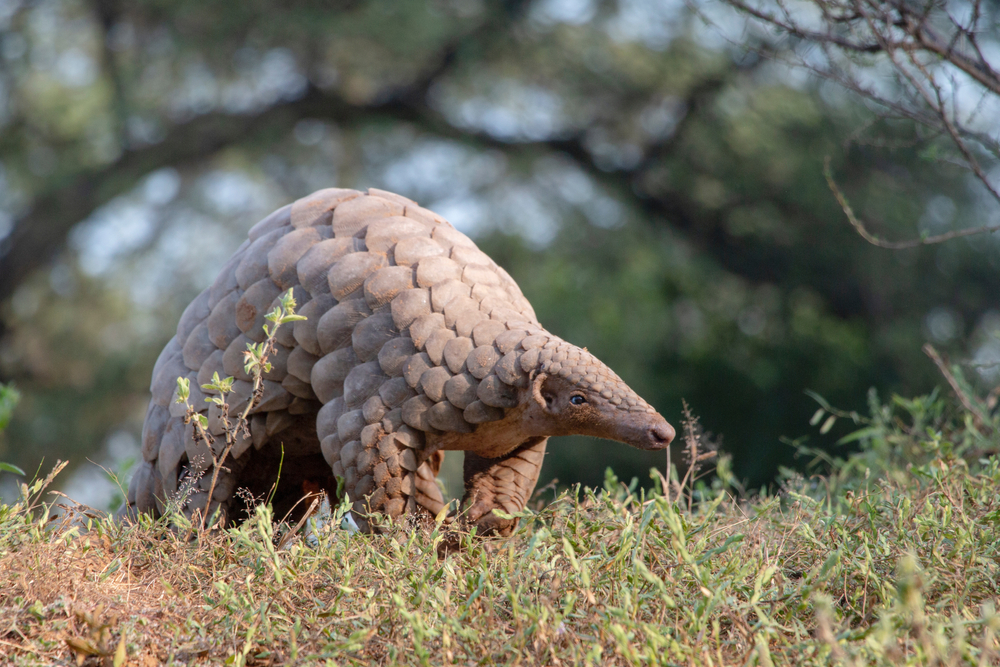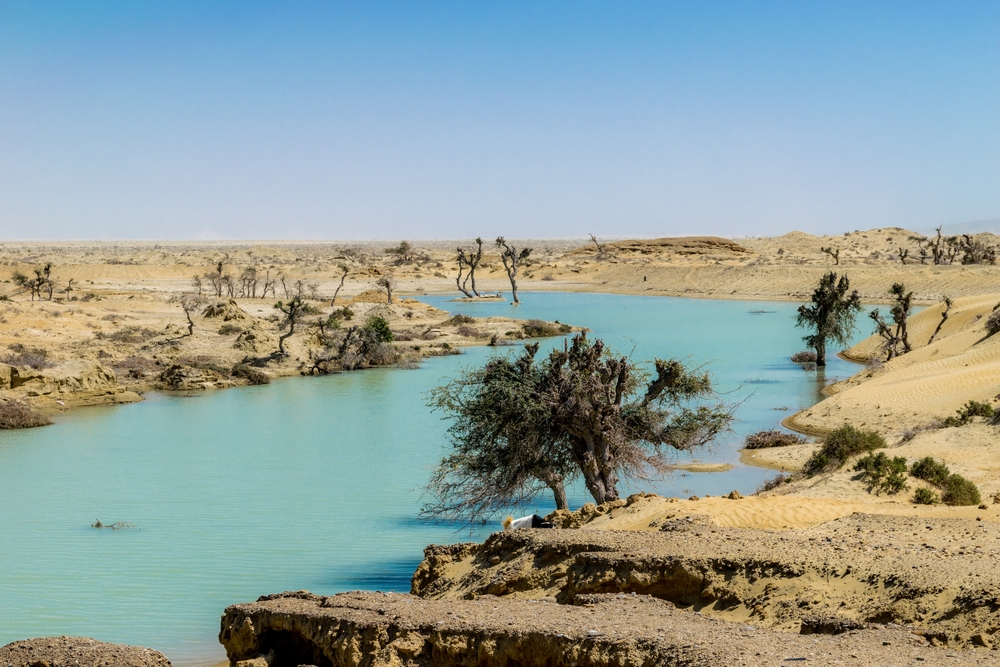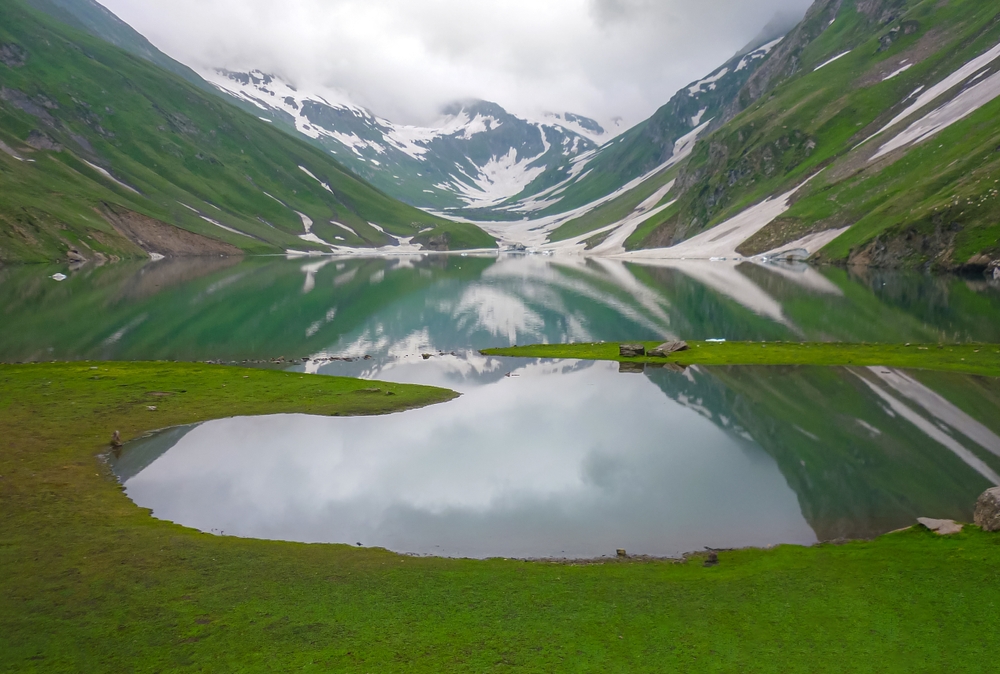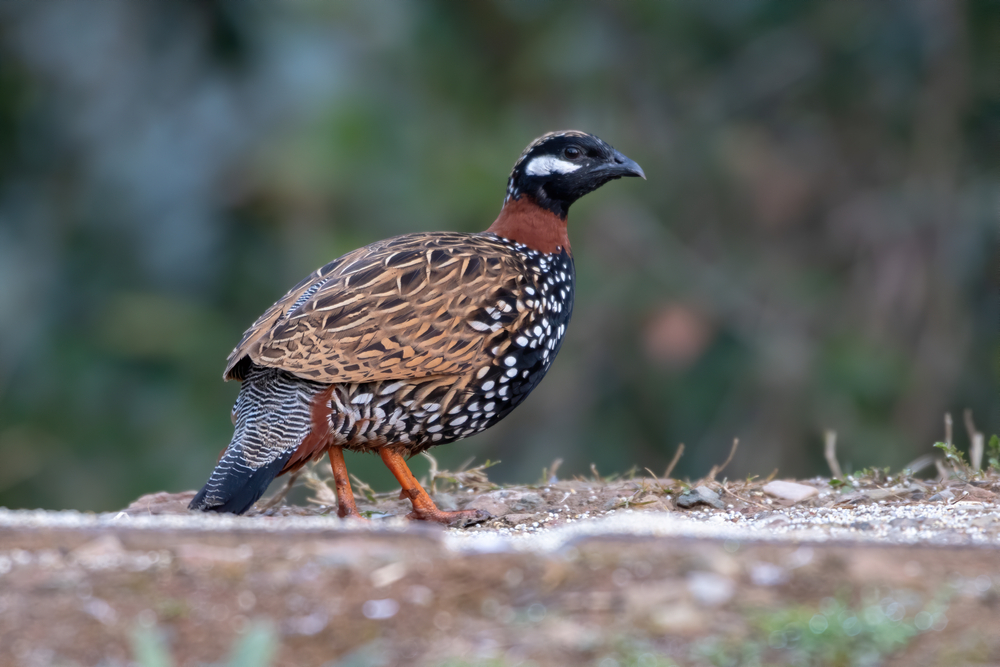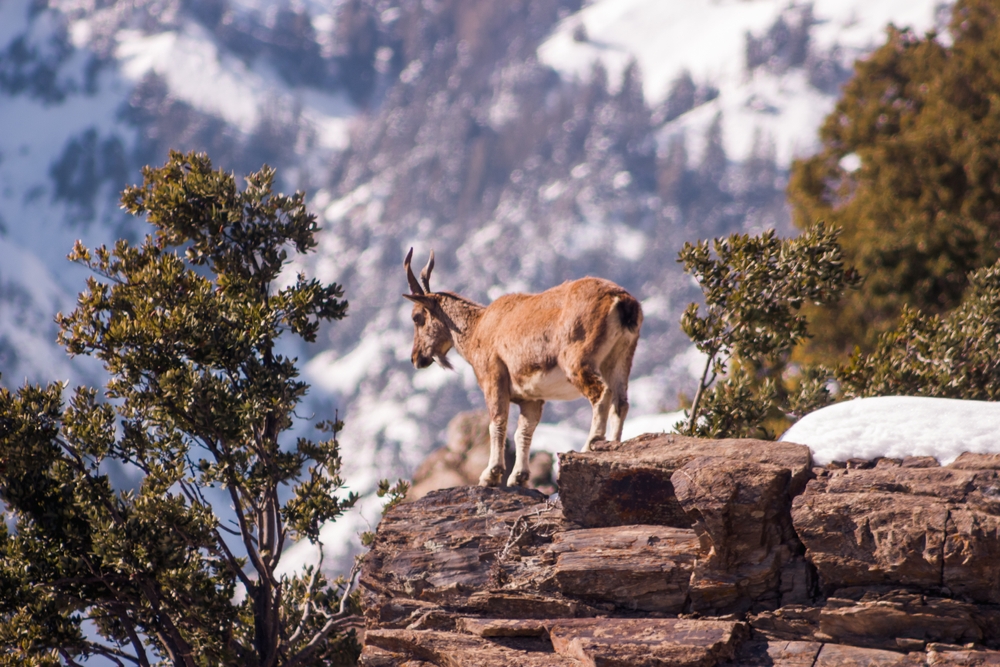Margalla Hills Overview
Margalla Hills National Park, locally known as مارگلہ ہلز نیشنل پارک, is a prominent protected area located in the Islamabad Capital Territory of Pakistan. Spanning approximately 67 square miles (173 square kilometers), the park forms the foothills of the Himalayan range and borders the northern edge of Islamabad.
Established in 1980, Margalla Hills National Park also includes Shakarparian Park and Rawal Lake, collectively offering a rare blend of mountainous terrain, forested landscapes, and urban proximity. Its accessibility and ecological richness make it one of Pakistan’s most visited national parks.
The terrain of Margalla Hills National Park is composed of rugged limestone hills, steep slopes, rocky outcrops, and forested valleys. Elevations range from 1,600 to over 5,000 feet (500 to 1,600 meters), resulting in a variety of microclimates and habitats.
The region is part of the subtropical pine forest zone, with vegetation dominated by chir pine, olive trees, phulai (Acacia modesta), and sanatha (Dodonaea viscosa). In spring, wildflowers bloom across open meadows, while dense foliage provides year-round cover for wildlife. Seasonal streams and small springs add life to the otherwise dry terrain.
Margalla Hills is home to a wide variety of wildlife, including some of the most iconic species found in northern Pakistan. Mammals in the park include the common leopard, golden jackal, wild boar, Indian porcupine, and barking deer.
Though sightings of leopards are rare, they are known to inhabit the more remote and higher areas of the park. Birdlife is particularly rich, with over 250 species recorded, including crested honey buzzards, peregrine falcons, paradise flycatchers, and the Asian koel. Reptiles such as monitor lizards and several snake species are also present, contributing to the park’s biodiversity.
Popular features of the park include Daman-e-Koh, a scenic viewpoint overlooking Islamabad, and the Faisal Mosque, which sits at the park’s base and blends cultural significance with natural beauty.
Numerous hiking trails, such as Trail 3, Trail 5, and the Pir Sohawa route, wind through the hills and offer panoramic views, birdwatching opportunities, and shaded rest stops. The Monal Restaurant at Pir Sohawa is a well-known destination that allows visitors to enjoy both cuisine and sweeping mountain vistas.
Visitors engage with the park primarily through hiking, picnicking, birdwatching, and photography. Trails of varying difficulty levels attract both casual walkers and seasoned trekkers.
Educational visits by schools and conservation groups are common, and guided nature walks are occasionally organized to raise awareness of the park’s ecological value. The park’s proximity to Islamabad ensures a steady stream of visitors year-round, especially during weekends and holidays.
Conservation in Margalla Hills faces the challenges of urban encroachment, deforestation, forest fires, and increasing visitor pressure. However, the park has also seen notable successes, such as reforestation programs, wildlife monitoring, and the return of leopards to areas where they had previously disappeared.
Organizations like the Islamabad Wildlife Management Board have played a key role in enforcing protection measures and promoting sustainable recreation. With ongoing conservation efforts and community involvement, the park continues to balance its roles as a natural haven and a recreational space for the capital city.








































































